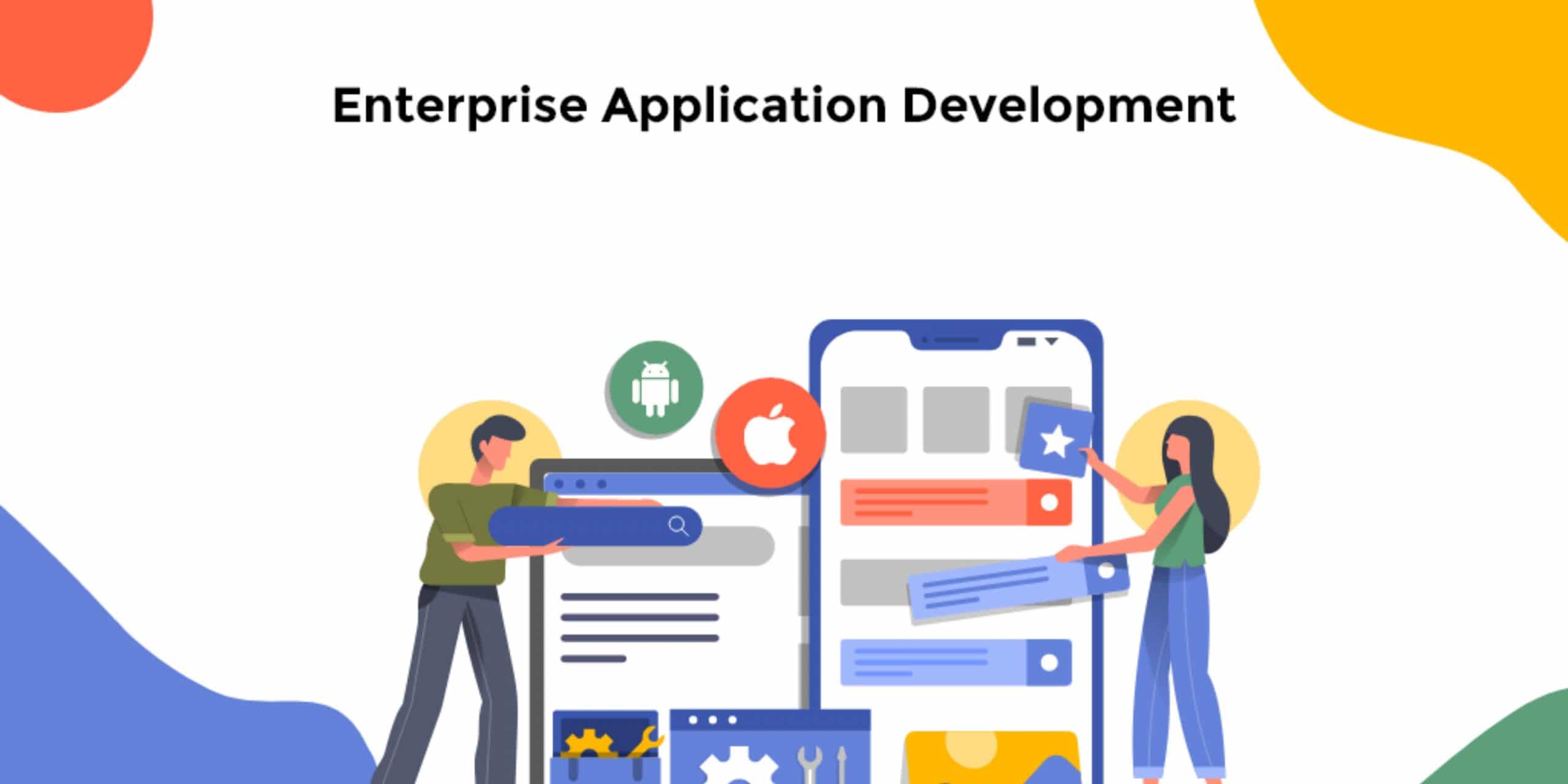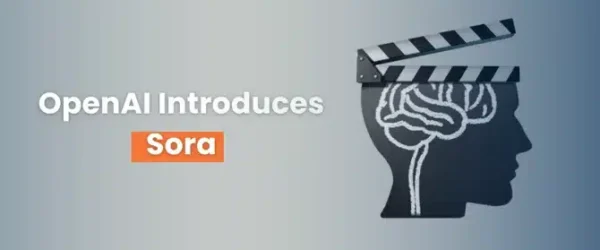How to Develop Enterprise App: 5 Best Approaches for Successful Delivery
Today, enterprise applications have become the new standard for businesses of all kinds, sizes, and industries. An application is nothing but software that provides enhanced and customized functionality to a set of users. In other words, an enterprise application is software that is developed for the companies and their business partners for their internal needs and for the users who will be using it for business purposes. In this article, you will learn about the various development approaches that can be taken for enterprise application development. What is an enterprise application? As stated above, it is software that is developed for the companies and their business partners for their internal needs and for the users who will be using it for business purposes. Moreover, an enterprise application should have features like security, scalability, and supportability in mind.
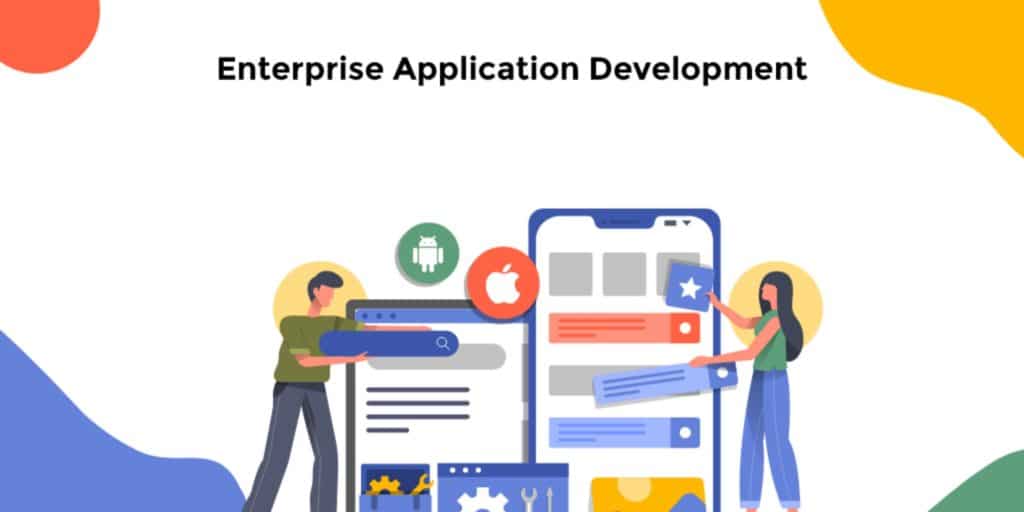
What is an Enterprise Application?
An application that is developed for the companies and their business partners for their internal needs and for the users who will be using it for business purposes. Furthermore, an enterprise application should have features like security, scalability, and supportability in mind. However, the focus of this article is on the software that is developed for the companies and their business partners for their internal needs and for the users who will be using it for business purposes. Furthermore, an enterprise application should have features like security, scalability, and supportability in mind. However, the focus of this article is on the software that is developed for the companies and their business partners for their internal needs and for the users who will be using it for business purposes.

What are the different development approaches for an enterprise application?
There are many development approaches that can be followed while developing an enterprise application. These approaches are Scrum, XP, Kanban, and Effective communication. So, before we discuss them in detail, let’s quickly define each of them.
Agile Software Development
An agile approach aims at delivering applications that are flexible, efficient, and timely. It is a flexible approach that can be adjusted as per the business needs and the changing business environment. There are five principles that govern the agile software development process: Customer collaboration, Working software, Sustainable development, Open communication, and rapid adaptation.
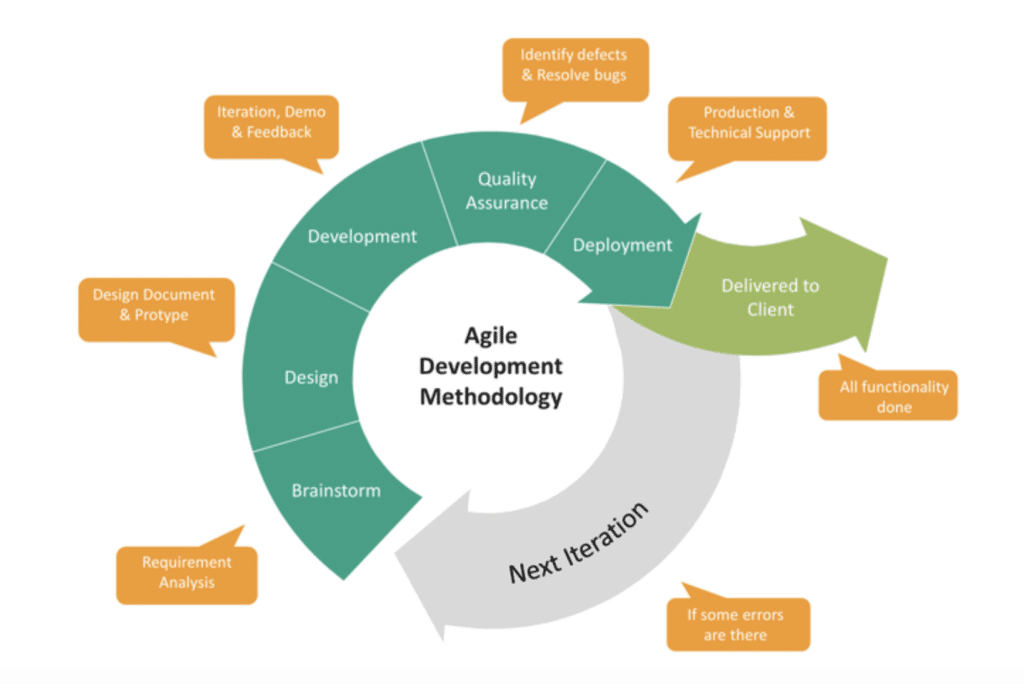
Scrum Development
Originated from the aviation industry, Scrum is a process framework for managing product development. It promotes the idea of short, frequent, and reliable releases that have a high return on investment for the customers. Scrum is a process framework for managing product development. It promotes the idea of short, frequent, and reliable releases that have a high return on investment for the customers.
Individuals or teams within an organization who are responsible for the product’s development is known as Product Owners. There should be one Scrum Master per team who coaches, assists, and helps the team reach the desired goal.
To successfully use Scrum, it’s essential to have a clear definition of the roles and responsibilities of the various stakeholders. The Product Owner is responsible for creating the product’s vision and managing the Scrum team’s effort.

Waterfall Development
Waterfall development is a more structured approach to the software development lifecycle. It consists of five distinct stages which are Requirements, Planning, Development, Testing, and Deployment. While the first three stages are continuous, the last two are sequential and discrete.

Lean and Mean DevOps
Lean and Mean DevOps is all about optimizing the entire development process, from development to deployment. It’s a modern approach to development that includes automation, and it promises to deliver more reliable and scalable code. Lean and Mean DevOps is all about optimizing the entire development process, from development to deployment. It’s a modern approach to development that includes automation, and it promises to deliver more reliable and scalable code.
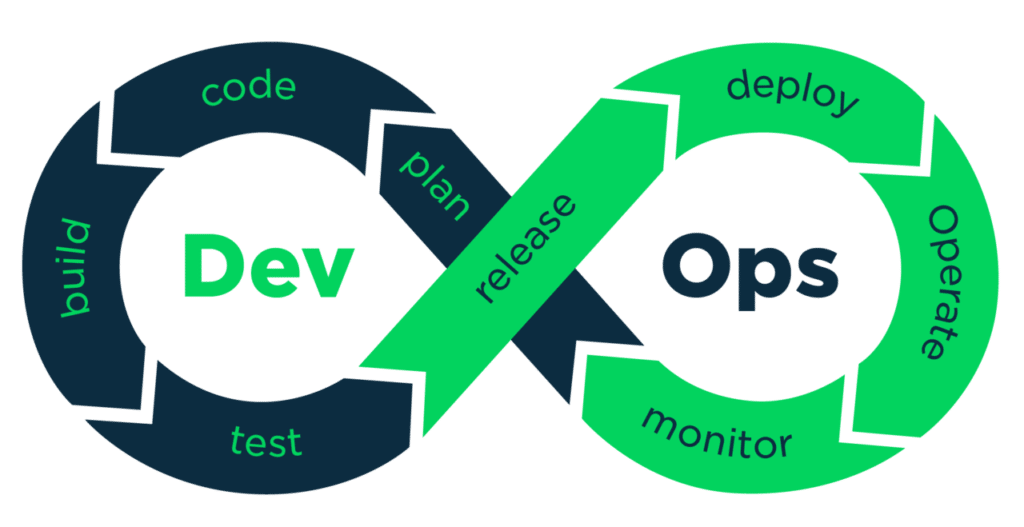
Conclusion
There are many development approaches that can be followed while developing an enterprise application. These approaches are Scrum, XP, Kanban, and Effective communication. So, before we discuss them in detail, let’s quickly define each of them.
- Scrum is a process framework for managing product development. It promotes the idea of short, frequent, and reliable releases that have a high return on investment for the customers.
- Waterfall development is a more structured approach to the software development lifecycle. It consists of five distinct stages which are Requirements, Planning, Development, Testing, and Deployment. While the first three stages are continuous, the last two are sequential and discrete.
- Lean and Mean DevOps is all about optimizing the entire development process, from development to deployment. It’s a modern approach to development that includes automation, and it promises to deliver more reliable and scalable code.
- Conclusion
There are many development approaches that can be followed while developing an enterprise application. These approaches are Scrum, XP, Kanban, and Effective communication. So, before we discuss them in detail, let’s quickly define each of them.

